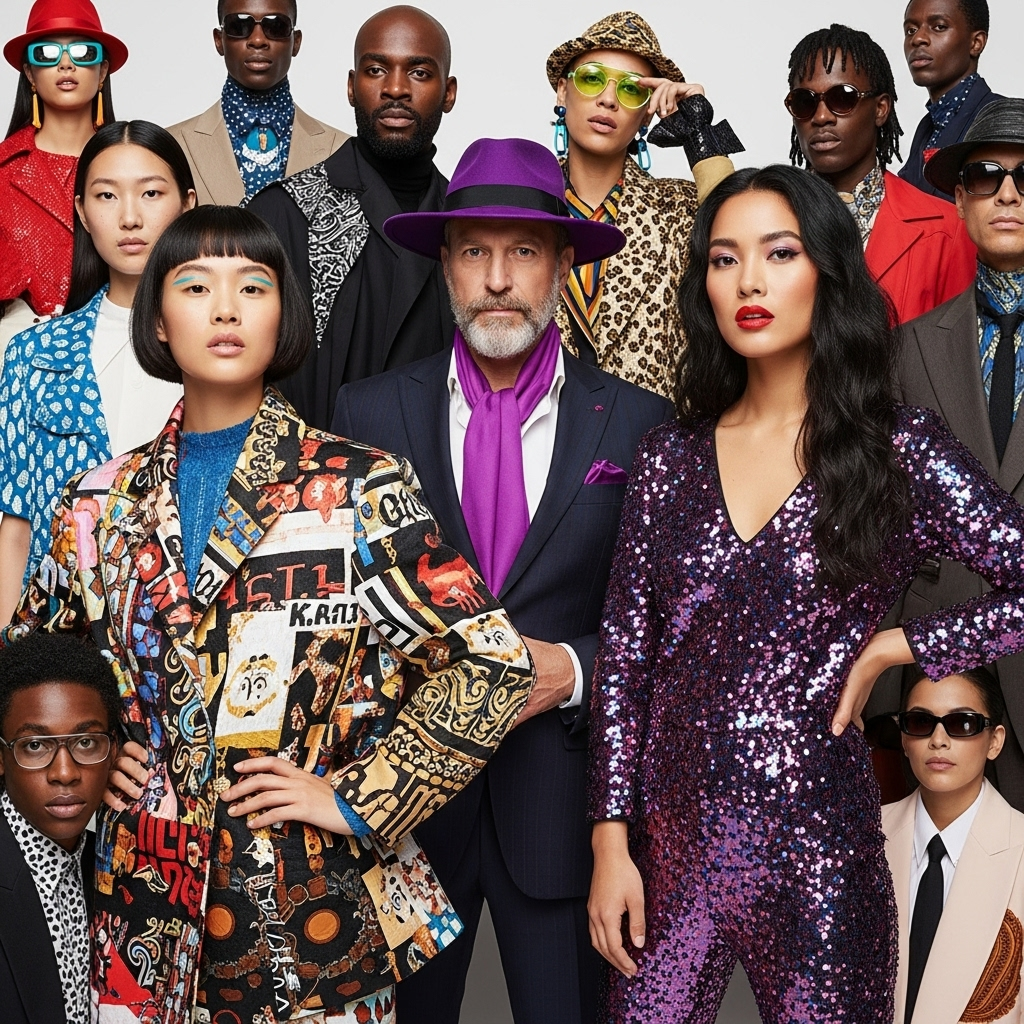
Fashion and Identity: What Our Clothes Say About Us
Fashion is more than just clothing; it’s a powerful medium for expressing personal, cultural, and social identity. The clothes we wear can communicate a wealth of information about who we are, from our personality and preferences to our profession, cultural background, and social standing.
Fashion is a form of non-verbal communication. Our clothes can convey messages about us without a single word being spoken. For instance, a person in a sharp business suit might intend to project professionalism and seriousness, while someone in relaxed streetwear might aim to convey a sense of freedom and casualness. These visual cues form immediate impressions and can influence how others perceive and interact with us.
Fashion can express cultural identity. Traditional garments are an intrinsic part of a nation’s or community’s culture. They embody the history, values, and customs of a people. For example, the ao dai of Vietnam, the kimono of Japan, or the sari of India are distinctive cultural symbols that tell a story of heritage and tradition. Wearing these garments can be an act of cultural pride and preservation.
Fashion can reflect social identity. Clothing can indicate one’s social status, occupation, and class. Historically, sumptuary laws dictated who could wear certain fabrics or styles, explicitly linking dress to social hierarchy. Even today, while less overt, expensive and luxurious clothing often signals affluence, whereas uniforms clearly identify professions and their associated roles within society.
Fashion allows for personal identity expression. Every individual cultivates a unique fashion style that reflects their personality, preferences, and values. We can use clothing to showcase our creativity, individuality, and distinctiveness. Whether it’s through bold color choices, eclectic layering, or minimalist aesthetics, our personal style becomes a visual extension of our inner self.
Fashion can be a tool for self-affirmation. We can use clothing to feel more confident, empowered, and attractive. A well-chosen outfit can boost our self-esteem, help us make a positive impression on others, and even influence our mood and behavior. This psychological impact highlights how our wardrobe can actively shape our internal state.
Fashion can change over time and context. Our fashion style can evolve depending on our age, profession, living environment, and other factors. This demonstrates that fashion is a fluid and dynamic part of life, adapting as we grow and experience new phases, reflecting our journey of self-discovery and transformation.
In summary, fashion and identity share a close and intricate relationship. The clothes we wear serve not just to cover our bodies but also as a profound means to express who we are, connect with our culture and society, and affirm our individuality.


Add comment